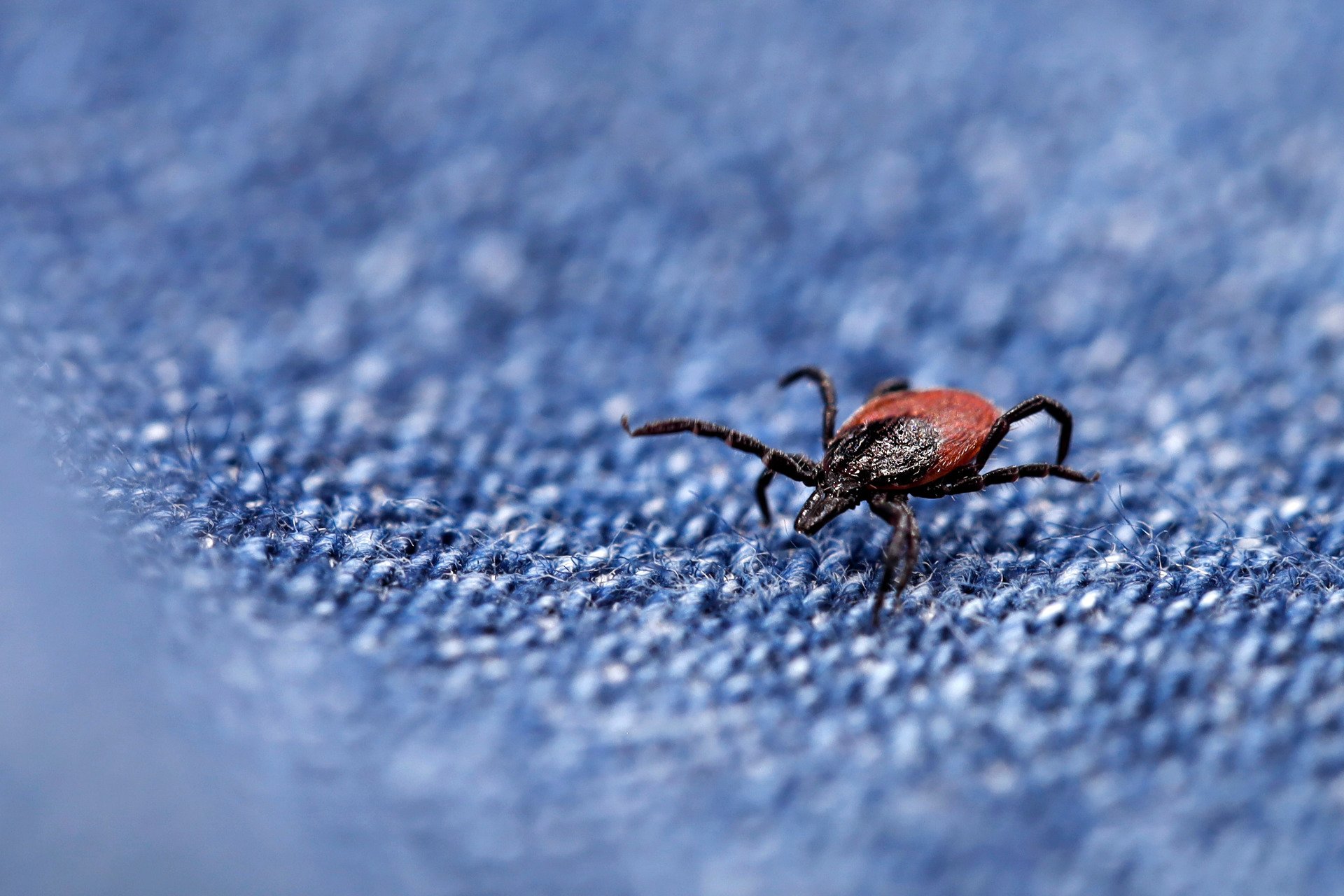Summer in the United States has fully arrived, bringing with it opportunities for outdoor activities and the unwelcome presence of ticks. These tiny arachnids pose a significant public health risk due to their ability to transmit various diseases, notably Lyme disease. Recent data from the Centers for Disease Control and Prevention (CDC) indicates that 2025 has already seen the highest number of tick-related emergency room visits since 2019. Although these disease-carrying ticks are most prevalent in the Northeast, their populations are expanding across the country.
The increasing incidence of tick-related illnesses is alarming. Scientists are continually identifying new viruses and bacteria carried by ticks, raising concerns about potential health impacts. To better understand the growing tick threat and how to protect against it, we spoke with Dennis Bente, a professor of microbiology and immunology at the University of Texas Medical Branch.
Extended Tick Season and Emerging Threats
According to Bente, tick season has indeed become longer and more intense in the northeastern United States. He notes that scientific studies confirm both an increase in tick activity and a growth in their populations. What was once a seasonal concern has evolved into a year-round issue in many areas. “Ticks are now active in winter due to climate change,” Bente explained. He cited that adult deer ticks can become active at temperatures as low as 14 degrees Fahrenheit (approximately -10 degrees Celsius). This shift means that vigilance is necessary whenever the ground is unfrozen and temperatures rise above freezing.
Climate change accelerates tick development and survival while enabling their northward spread at a rate of about 28 miles (45 kilometers) each year. Other contributing factors include rising deer populations, reforestation, and changes in land use that create favorable habitats for ticks.
While Lyme disease is the most recognized tickborne illness, Bente highlighted several lesser-known, yet concerning, diseases. The Powassan virus is particularly alarming, with a mortality rate nearing 18.8% and severe neurological outcomes for many survivors. Other diseases such as the Heartland virus and Bourbon virus have also emerged, indicating that the spectrum of tickborne illnesses is expanding.
Preventative Measures and Advancements
As the summer progresses, it is crucial to know how to protect oneself from ticks. The CDC recommends using EPA-registered repellents containing ingredients like DEET, picaridin, or Oil of Lemon Eucalyptus for effective prevention. Research indicates that DEET concentrations of 20% to 30% provide the best protection, with efficacy rates between 85% and 89% against ticks.
Permethrin is another powerful tool in the fight against ticks. Unlike standard repellents, it kills ticks on contact. When applied to clothing, permethrin can provide protection for up to six weeks or after six washes. Clothing choices also matter; wearing light-colored attire can help spot ticks more easily, while long sleeves and pants act as physical barriers.
Daily tick checks are essential. Most tickborne diseases require 24 to 48 hours of attachment for transmission, making prompt removal critical for reducing infection risk. Areas to check include warm spots like the groin, armpits, scalp, and behind the knees.
Bente also addressed the future of tickborne disease prevention, noting promising developments in vaccines and treatments. The VLA15 vaccine, the first Lyme disease vaccine to reach advanced clinical trials in over two decades, has completed recruitment for its Phase 3 trials. Results are expected by the end of 2025.
Innovative approaches such as anti-tick vaccines are also in development. These vaccines target the tick itself, aiming to prevent multiple tickborne diseases simultaneously. One promising candidate, the 19ISP vaccine, triggers an immune response that encourages early tick detachment and prevents pathogen transmission.
In the meantime, the best strategy is to remain vigilant. Following these guidelines can significantly reduce the risk of tick bites and the diseases they spread, allowing for a safer and more enjoyable summer outdoors.







































































